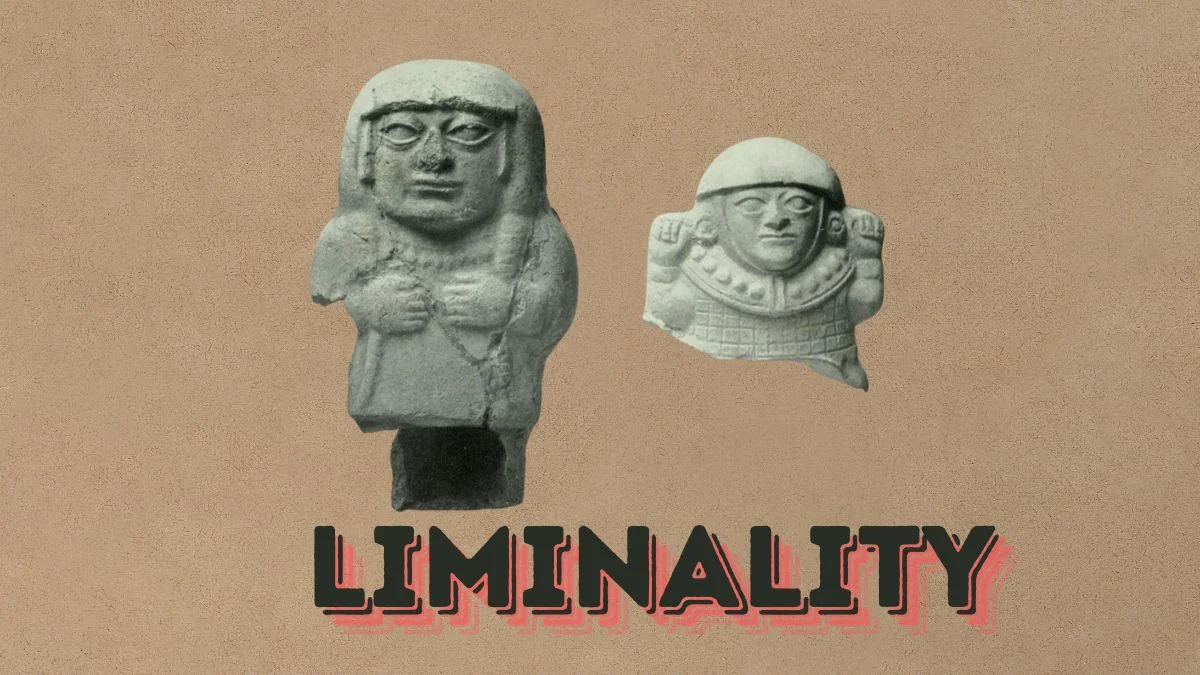Liminality, derived from the Latin word līmen, meaning “threshold,” represents a state of ambiguity and disorientation that characterizes the middle phase of a rite of passage. This concept, first articulated by folklorist Arnold van Gennep in the early 20th century and later expanded by anthropologist Victor Turner, has since evolved to encompass not only ritualistic transitions but also broader socio-political and cultural transformations. Liminality is a powerful framework for understanding moments of profound change, where individuals or societies find themselves on the cusp of new beginnings, standing at the threshold between the old and the new.
The Origins of Liminality: Arnold van Gennep
Arnold van Gennep introduced the concept of liminality in his seminal work, “Les Rites de Passage” (1909), where he detailed the stages of rites of passage. Van Gennep identified three phases in these rites: separation, liminality (or the transitional phase), and incorporation. The liminal phase, he noted, is marked by ambiguity and disorientation as participants move away from their pre-ritual status but have not yet fully transitioned to their new status.
In this stage, individuals are metaphorically “betwixt and between” distinct social positions. They have detached from their previous identity and societal roles but have not yet integrated into their new roles. This transitional period is often fraught with uncertainty and potential, as old structures and norms are temporarily suspended, creating a space for transformation and redefinition.
Victor Turner and the Expansion of Liminality
Victor Turner further developed van Gennep’s ideas, emphasizing the social and symbolic significance of the liminal phase. Turner’s work in the mid-20th century expanded the application of liminality beyond individual rites of passage to include communal and societal transformations. He described liminality as a period of “communitas,” a state of egalitarianism and camaraderie where social hierarchies and distinctions are temporarily dissolved.
Turner highlighted the creative potential of liminal periods, viewing them as times when new ideas and social structures could emerge. He argued that during liminality, the usual order of things is upended, allowing for a reimagining of societal norms and relationships. This can lead to a reconstitution of the social fabric in novel and transformative ways once the liminal period concludes and participants re-enter structured society.

Liminality in Rituals
In the context of rituals, liminality is a crucial phase that facilitates transformation. Rituals often mark significant life events such as birth, puberty, marriage, and death. During the liminal stage of these rituals, participants experience a suspension of their previous identities and societal roles. This suspension creates a space where new identities and roles can be forged.
For instance, in initiation rites, individuals undergoing the ritual are separated from their previous status, subjected to various transformative processes, and eventually reincorporated into society with a new status. The liminal phase is characterized by challenges and ordeals that test the participants and prepare them for their new roles. The ambiguity and fluidity of this phase allow for introspection, growth, and the potential for profound personal and social change.
Liminality in Socio-Political and Cultural Contexts
In recent years, the concept of liminality has been broadened to describe periods of political and cultural change. Societies undergoing significant transformations, such as revolutions, social movements, or cultural shifts, often experience liminal phases. During these times, established structures and traditions may become destabilized, and the future becomes uncertain.
Political revolutions, for instance, are liminal periods where existing power structures are challenged, and new forms of governance and social organization are sought. The uncertainty and fluidity of these times can lead to both positive and negative outcomes, as societies navigate the transition from one state to another. Similarly, cultural changes, such as shifts in norms, values, or artistic expressions, can be seen as liminal periods where old paradigms are questioned, and new possibilities emerge.
The Ambiguity and Potential of Liminality
The ambiguity inherent in liminality can be both disorienting and liberating. On the one hand, the suspension of established norms and roles can create a sense of uncertainty and anxiety. Individuals and societies may struggle with the loss of familiar structures and the unknown nature of what lies ahead. This can lead to a period of crisis or conflict as old and new forces clash.
On the other hand, liminality holds immense potential for innovation and transformation. The fluidity and openness of this phase provide a fertile ground for creativity and the emergence of new ideas and practices. Without the constraints of established norms, individuals and groups can experiment with different ways of being and relating, potentially leading to significant advancements and reconfigurations of social life.
Liminality in Contemporary Society
In contemporary society, liminality can be observed in various contexts beyond traditional rituals and large-scale social transformations. Personal experiences such as career changes, moving to a new place, or undergoing significant life transitions can all be seen as liminal phases. These periods often involve a temporary loss of identity and a process of reorientation and adaptation to new circumstances.
Moreover, the rapid pace of technological and cultural change in the modern world means that societies are frequently in states of flux, with traditional structures and norms continually being challenged and redefined. The concept of liminality thus remains highly relevant for understanding the dynamic and transitional nature of contemporary life.
Conclusion
Liminality, with its origins in the study of rites of passage, has evolved into a powerful analytical tool for understanding periods of transition and transformation in various contexts. Whether in individual rituals, socio-political upheavals, or personal life changes, the liminal phase represents a time of ambiguity and potential, where old structures are dismantled, and new possibilities emerge. By embracing the disorientation and openness of liminality, individuals and societies can navigate the thresholds of change and harness the creative potential inherent in these transitional periods.









